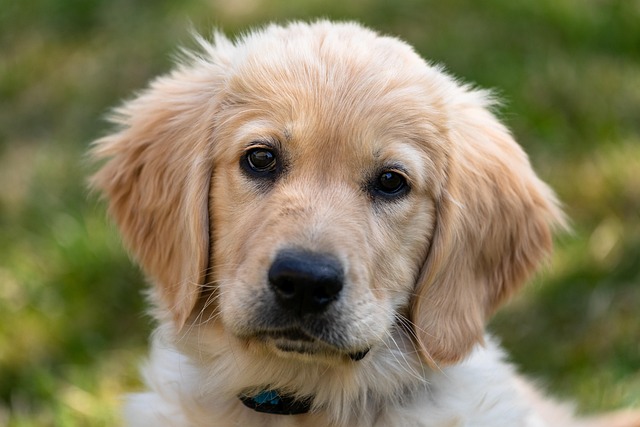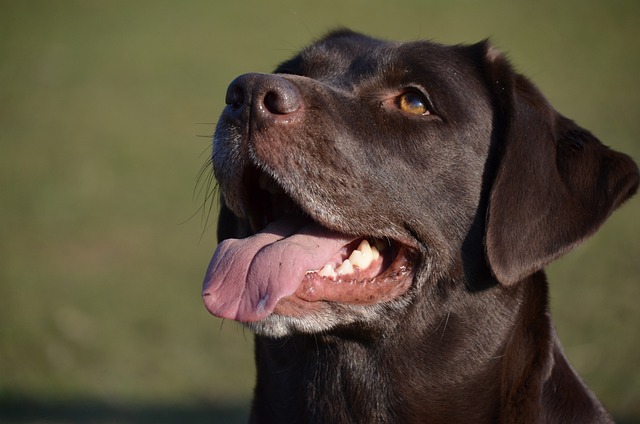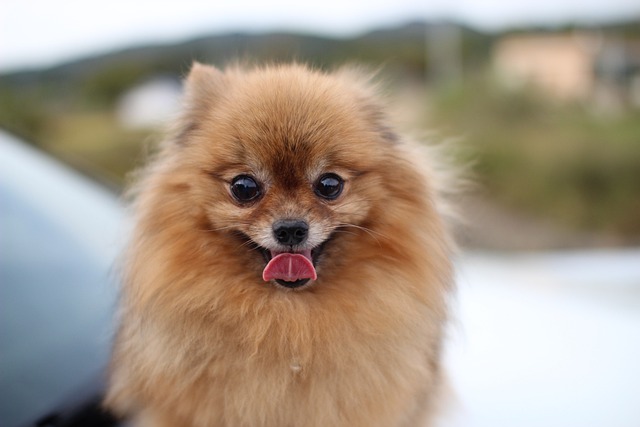
What are 5 common foods to feed dogs if they have an upset stomach
If you’ve ever watched your dog turn away from their food, then spend the next hour pacing and whimpering, you know the panic of an upset stomach.
Watching your furry friend's eyes crusted with reddish-brown stains can feel like a never-ending battle. Those unsightly marks aren't just a cosmetic issue—they often signal underlying health concerns or environmental factors. Finding effective tear stain prevention means diving into the root causes and tailoring solutions to your dog's unique needs.
Contrary to popular belief, tear stains aren't caused by excessive crying. Instead, they result from moisture around the eyes creating an ideal breeding ground for bacteria and yeast. These microorganisms break down tears containing iron and porphyrins, staining fur over time. Long-haired breeds with facial folds like Maltese and Shih Tzus are particularly prone, but any dog can develop stains if their tear ducts aren't draining properly.
Diet plays a crucial role in maintaining clear eyes. Grain-free, high-quality kibble reduces inflammation and minimizes tear production. Avoiding ingredients like artificial colors, flavors, and fillers helps too—many dogs develop mild food sensitivities that manifest as watery eyes. Consider switching to limited-ingredient diets or adding fresh foods like blueberries (rich in antioxidants) and coconut oil (with antibacterial properties) to your dog's bowl.
 Daily eye care is non-negotiable. Use a damp, warm washcloth to gently wipe the corners of your dog's eyes, removing debris before it stains. Specialized eye wipes formulated with tea tree oil or chamomile can offer extra antibacterial protection. Just be cautious—never use human products on your pet, as many contain harmful chemicals. For deeper cleaning, consult your vet about saline eye drops safe for dogs.
Daily eye care is non-negotiable. Use a damp, warm washcloth to gently wipe the corners of your dog's eyes, removing debris before it stains. Specialized eye wipes formulated with tea tree oil or chamomile can offer extra antibacterial protection. Just be cautious—never use human products on your pet, as many contain harmful chemicals. For deeper cleaning, consult your vet about saline eye drops safe for dogs.
When grooming, pay extra attention to the hair around the eyes. Keeping this area trimmed short prevents fur from irritating the eyes and trapping moisture. Invest in stainless steel curved scissors designed for pet grooming, and practice regularly to avoid nicks. Some owners even opt for professional grooming every few weeks to ensure a precise cut.
If home remedies aren't cutting it, consult your veterinarian. They'll rule out medical causes like blocked tear ducts, infections, or eye injuries. In some cases, prescription medications or supplements might be necessary. Remember, self-diagnosis can be dangerous—always follow professional advice to keep your dog healthy.
Living in urban areas with high pollution levels? Your dog's eyes may need extra protection. Use a pet-safe eye rinse after walks to flush out irritants. And if you're traveling, pack extra wipes and keep bottled water on hand—local tap water can sometimes trigger staining.
Above all, patience is key. Consistent care over weeks or months will yield results. Celebrate small victories like a cleaner eye area or fewer wipes needed each day. After all, maintaining your dog's eye health isn't just about appearance—it's about ensuring your loyal companion stays comfortable and happy.

If you’ve ever watched your dog turn away from their food, then spend the next hour pacing and whimpering, you know the panic of an upset stomach.

If you’ve ever cleaned up diarrhea or watched your dog vomit after meals, only to feel helpless as they refuse their next bowl of food, you know the stress of a sensitive stomach.

If you’ve ever stared at the ingredient list on your dog’s kibble, wondering what “meat by-products” really are, you’re not alone. New dog owners

If you’ve ever noticed your dog suddenly shaking their head like a wet towel, or pawing at their ear until it’s red and sore, you might’ve wondered if they’re just being “naughty.”

Finding worms in your dog’s stool or noticing them scooting uncomfortably across the floor is enough to make any pet owner’s heart sink.

If you’ve ever dreamed of having a dog but hesitated because your eyes water and nose runs around furry pets, you’re not alone.